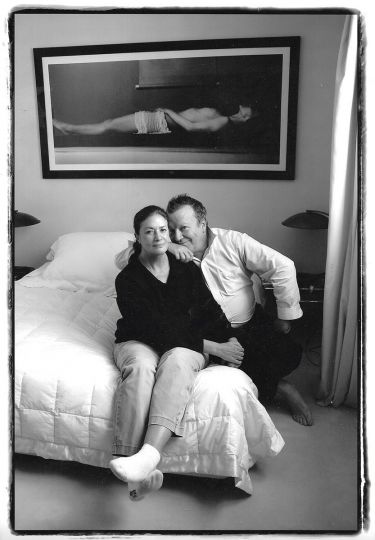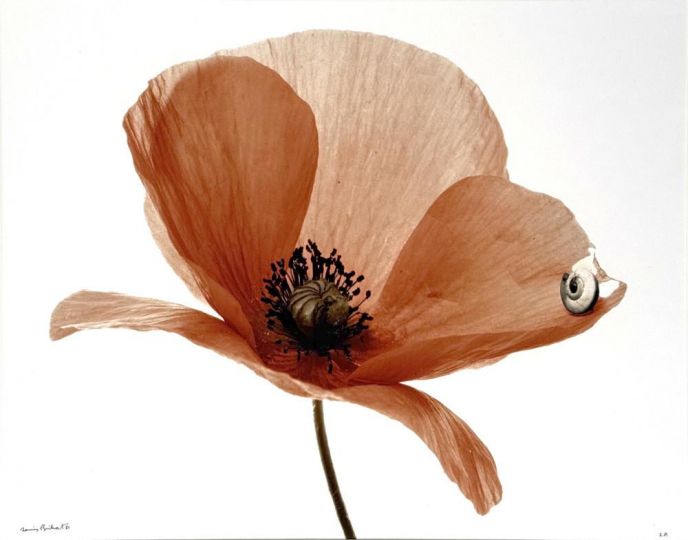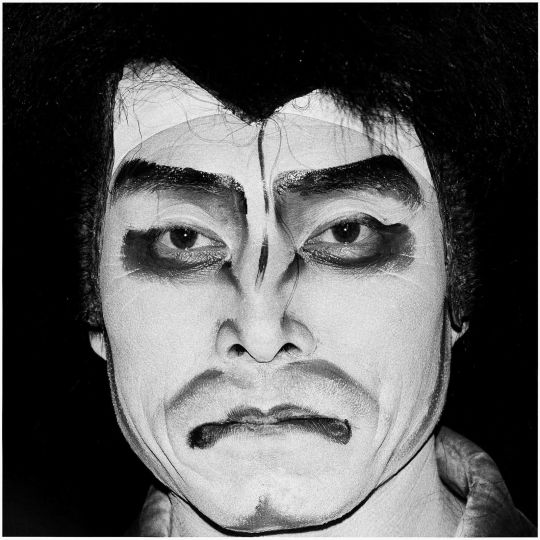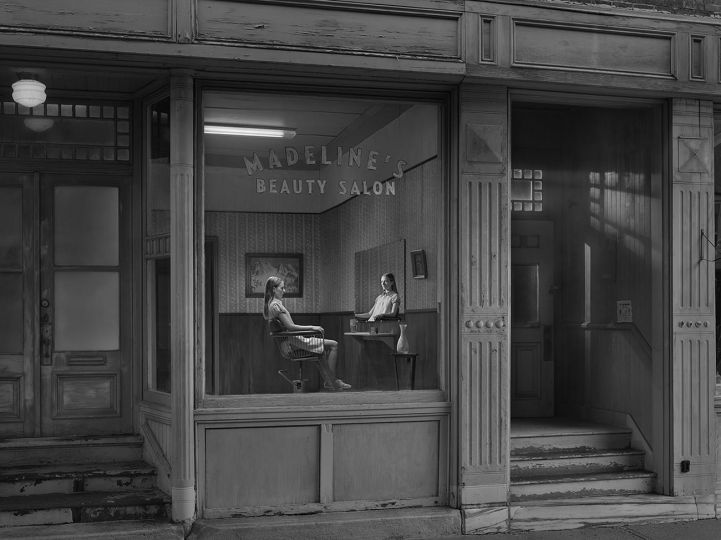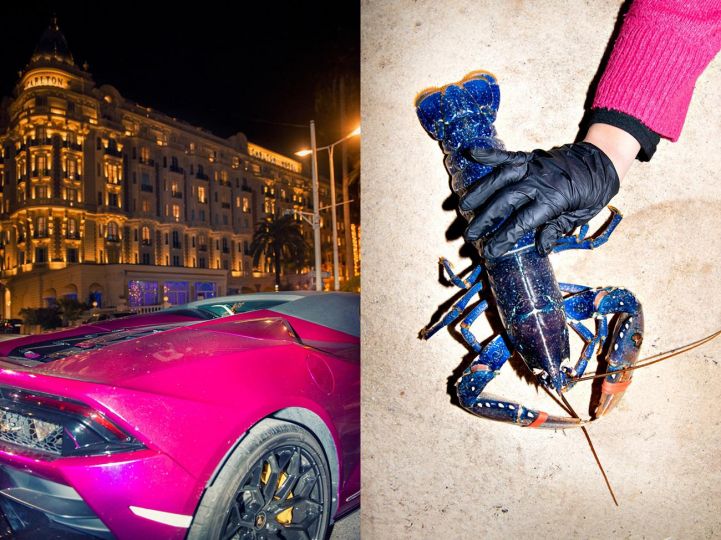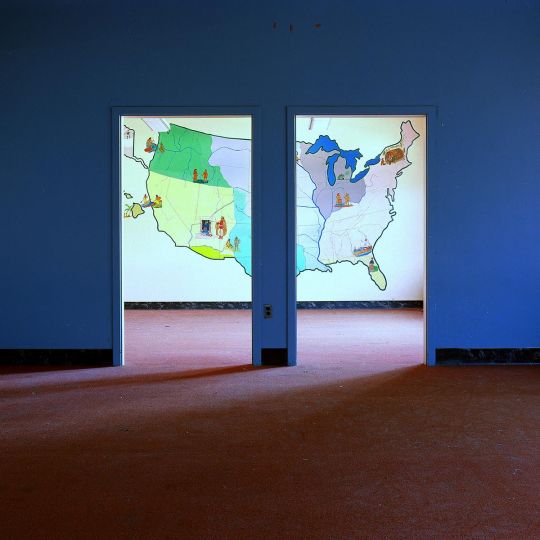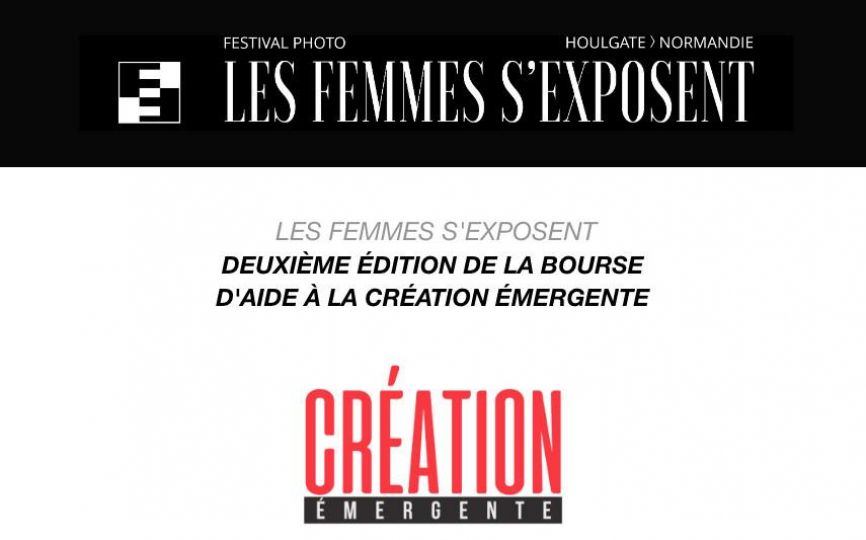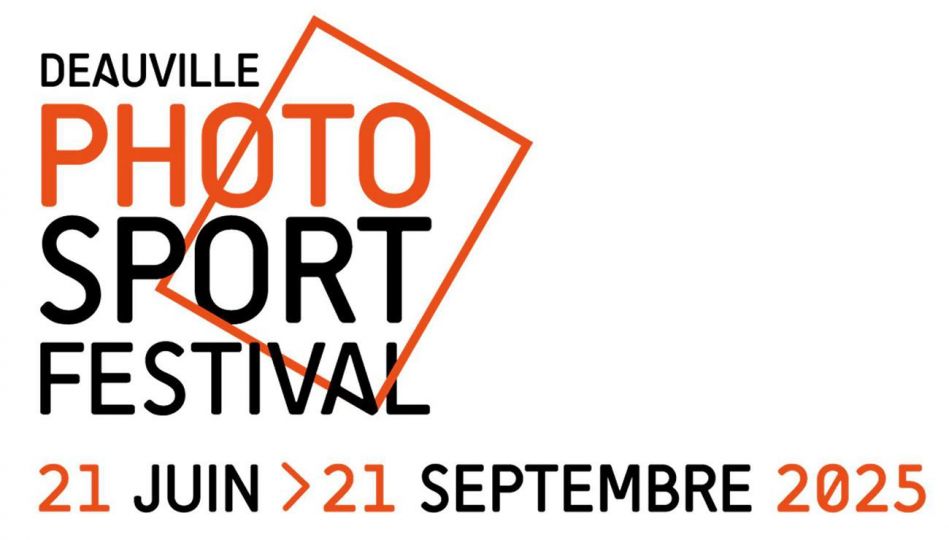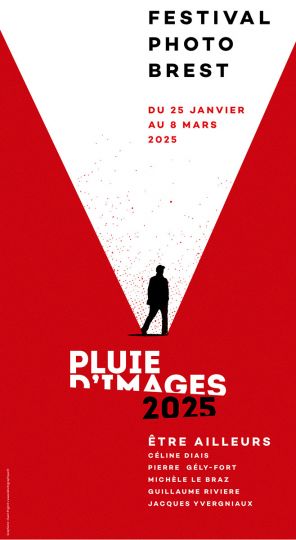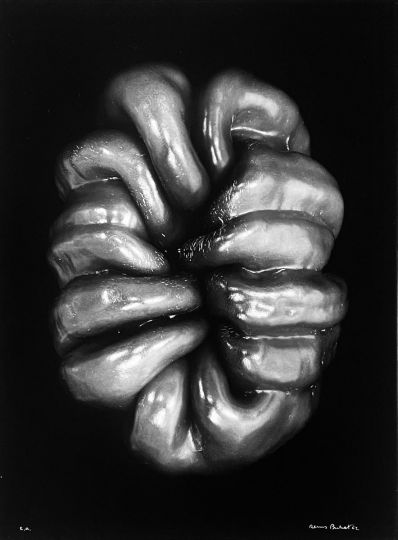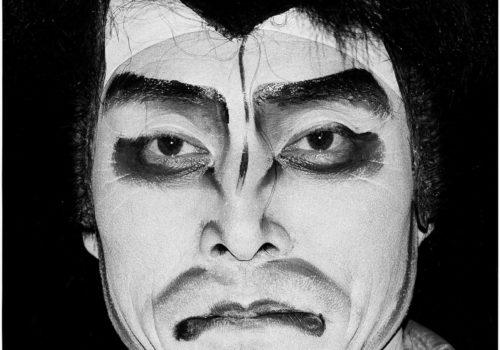PERPIGNAN DIARY: DAY THREE
by Doug Menuez
Breakfast at Cafe de la Poste by the mini-castle, coffee and croissant with Michel Puech, who told us a fantastic story about his involvement with Le Minitel, France’s early version of the internet. He attended a presentation in Paris by leaders of Sun Microsystems, Microsoft and Cisco around 1994 or 1995 as they toured the world to alert everyone about the internet wonders unfolding rapidly at that time. They were showing off Netscape, the first popular web browser to hit. His reaction, along with his colleagues, after hearing about how you could order a pizza online: “Just like Le Minitel!”
The engineers I knew at Apple and elsewhere during those days knew all about the minitel and when we visited Paris they tried to find one to check it out. It was a raging success from 1980 through the 1990’s and was running even up through June of this year. So France was way ahead of the US in many ways, although Arpanet began running in 1969, a Defense Department funded research project connecting computers around the country. It was in 1991 at CERN Tim Berners-Lee built a protocol using hyperlinks and gave us the World Wide Web, designed on a Steve Jobs NeXT Computer. (Yeah. If you dig even slightly below the surface, you find Jobs’s influence in every corner of the tech world.) But the history of the internet, like the history of tequila, has many confusing threads with nothing quite woven yet. The minitel is a beautiful and curious aspect to consider.
Lunchtime found Tereza and I enjoying the company of our dear friend Martin Gisborne of Apple, photographer and Aperture expert extraordinare, just arrived from Vancouver, along with editor, writer and photographer Bill Kouwenhoven, who makes his base in Berlin.
Then things got a bit depressing as I went to see Stanley Greene’s exhibition on the dark side of technology, “Standing at the Graveyards of E-Waste.” The title says it all and the disturbing, doggedly researched photographs represent the tragic consequences of our rapid consumption and disposal of new technology. Recyling cell phones and computers is big business in the developing world, but the conditions for workers are appalling.
The recent drumbeat of bad news from China about Foxconn and workers conditions in iPhone factories must be horrifying to Apple and tech companies that for years have had reputations built on trying to improve our lives. Nobody planned for the waste apparently, certainly not while I was documenting the invention of many of these technologies. Now these companies are mobilizing to improve worker conditions in the same way that Nike and clothing companies had to do. However, those Foxconn stories are almost like rumors compared to Stanley’s work. He was able to track down and photograph workers around the world handling the toxic materials inside our stuff. That alone is a staggering achievement to me because his hard work turns an intellectual, unphotograpahable concept into a powerful set of images. This is the whole point of photojournalism and Visa Pour L’Image in many ways- give evidence and make a story real.
In my own project, as I bring the various elements together about the history of the digital revolution, I stress the need to have dialog around the development of new technology and the implications for the future. Bill Joy, a co-founder of Sun raised the alarm years ago about the dangers to the future of humanity from the convergence of nanotech, genetic engineering and supercomputers. He points to the atom bomb as an example of the rush to create, bringing unintended consequences.
We all have some responsibility and can have an impact based on our choices as consumers, citizens, human beings. I’m grateful to Stanley Greene for making us grapple with an uncomfortable truth.


